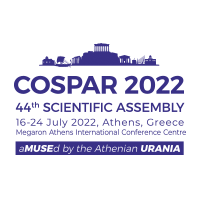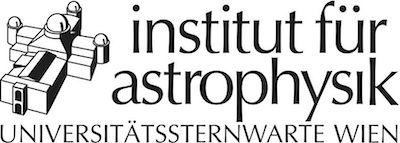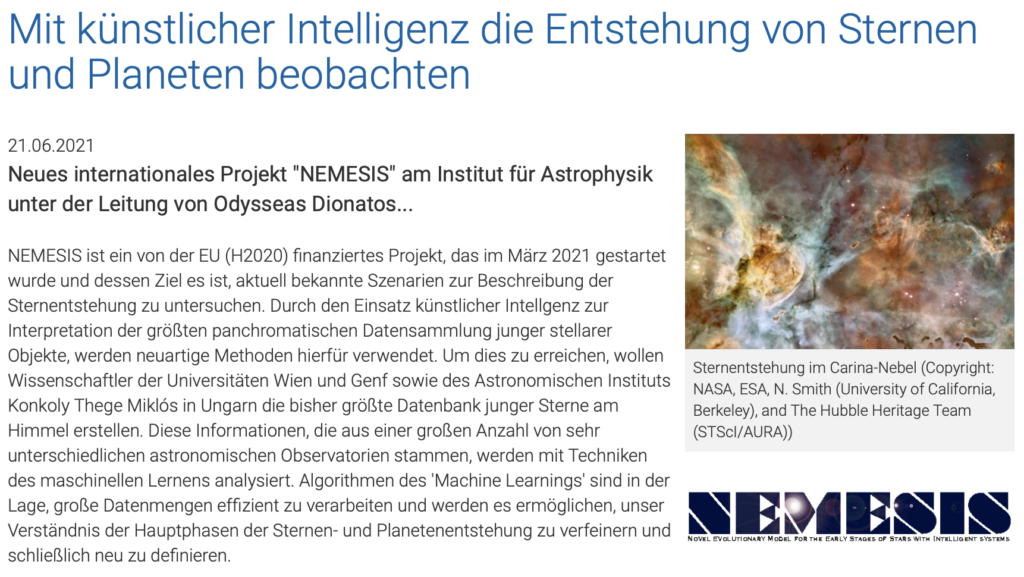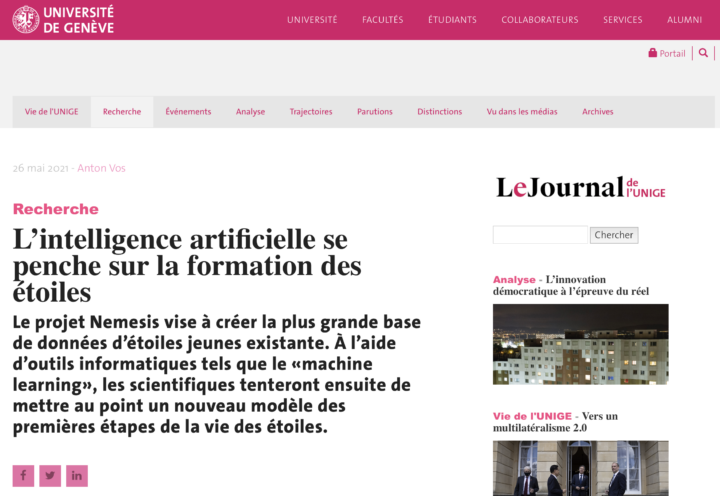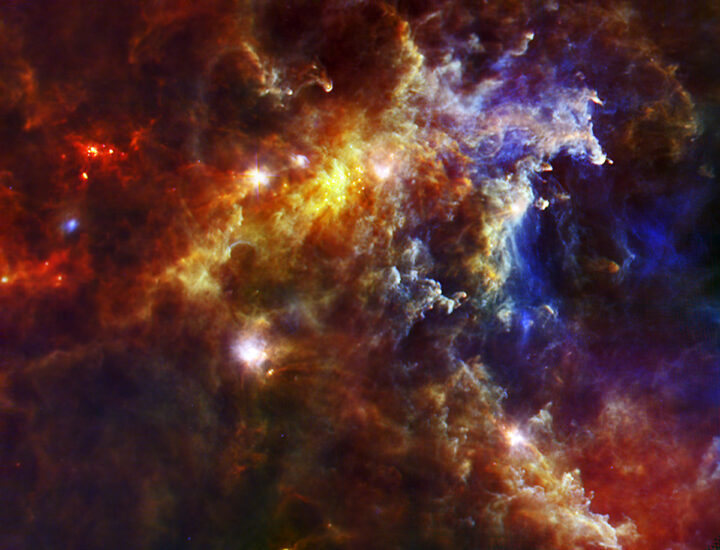The International Space Science Institute (ISSI) in Bern has accepted our proposal (prepared with Marc Audard, Univ. Geneva) to form a team in order to explore the best pathways to bring data science practices in the studies of star formation. ISSI provides the means to make a long-term collaboration project reality, providing hospitality and organizational support to form compact and efficient scientific teams composed of about 8-15 scientists of different laboratories, nationalities and expertise. The aim of teams is to carry out a research project leading to publications in scientific journals. The activity is directed and organized by a team leader who is also the initiator of the proposal to ISSI. Our ISSI team includes experts in star formation and in the application of machine learning techniques to a diverse spectrum of astrophysical areas and consists of:
Marc Audard (University of Geneva, Switzerland), co-team leader
Odysseas Dionatos (University of Vienna, Austria), co-team leader
Sotiria Fotopoulou (University of Bristol, United Kingdom)
Gábor Marton (Csillagászati és Földtudományi Kutatóközpont (CSFK), ELKH, Hungary)
Frédérique Motte (Institut de Planétologie et d’Astrophysique de Grenoble (IPAG), CNRS and Université Grenoble Alpes, France)
Kai Lars Polsterer (Heidelberg Institute of Theoretical Studies, Germany)
P. Christian Schneider (Hamburger Sternwarte, Germany)
Maria Süveges (Ecole Polytechnique Fédérale de Lausanne, Switzerland)
John Tobin (National Radio Astronomy Observatory, USA)
For more information and updates on the team follow our ISSI team webpage



